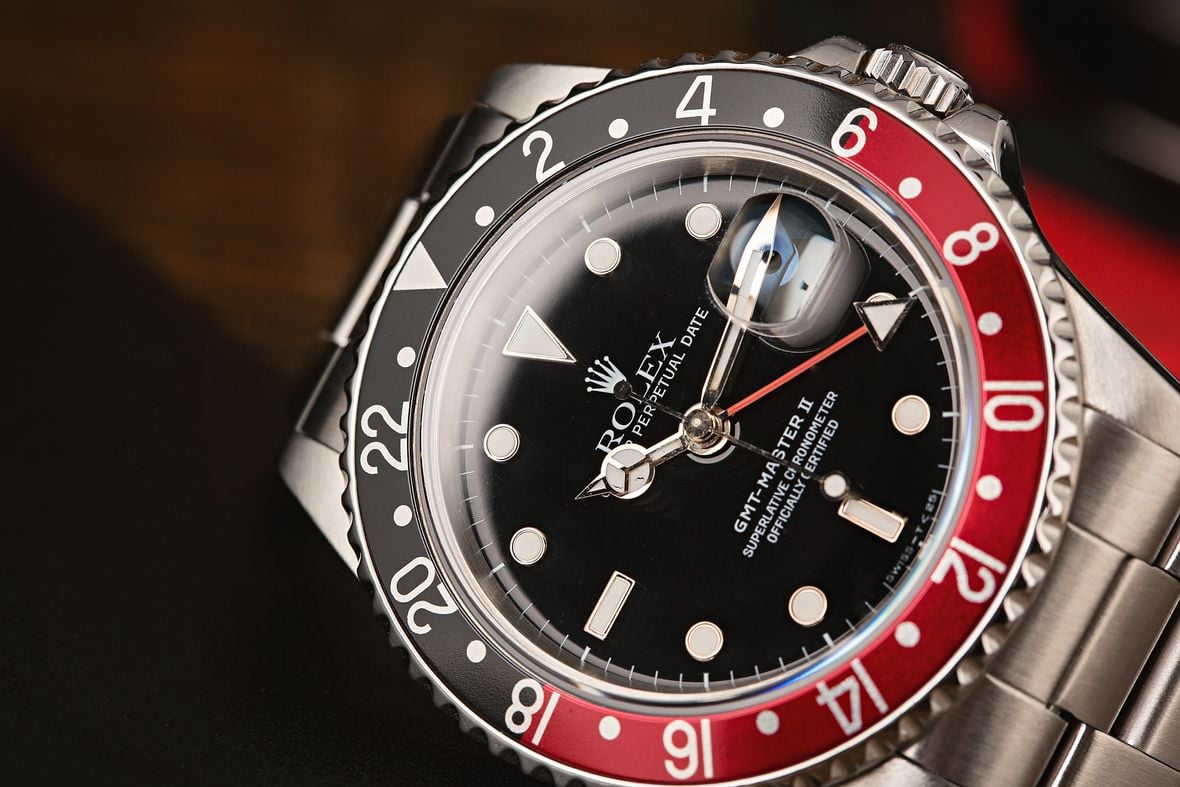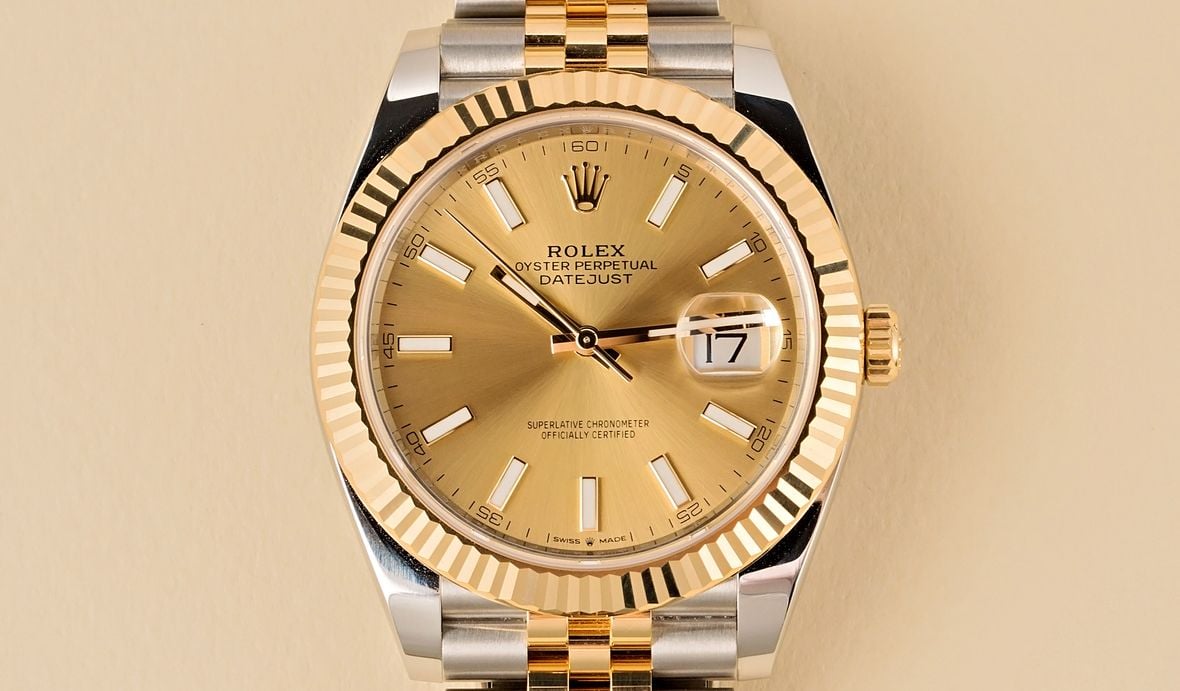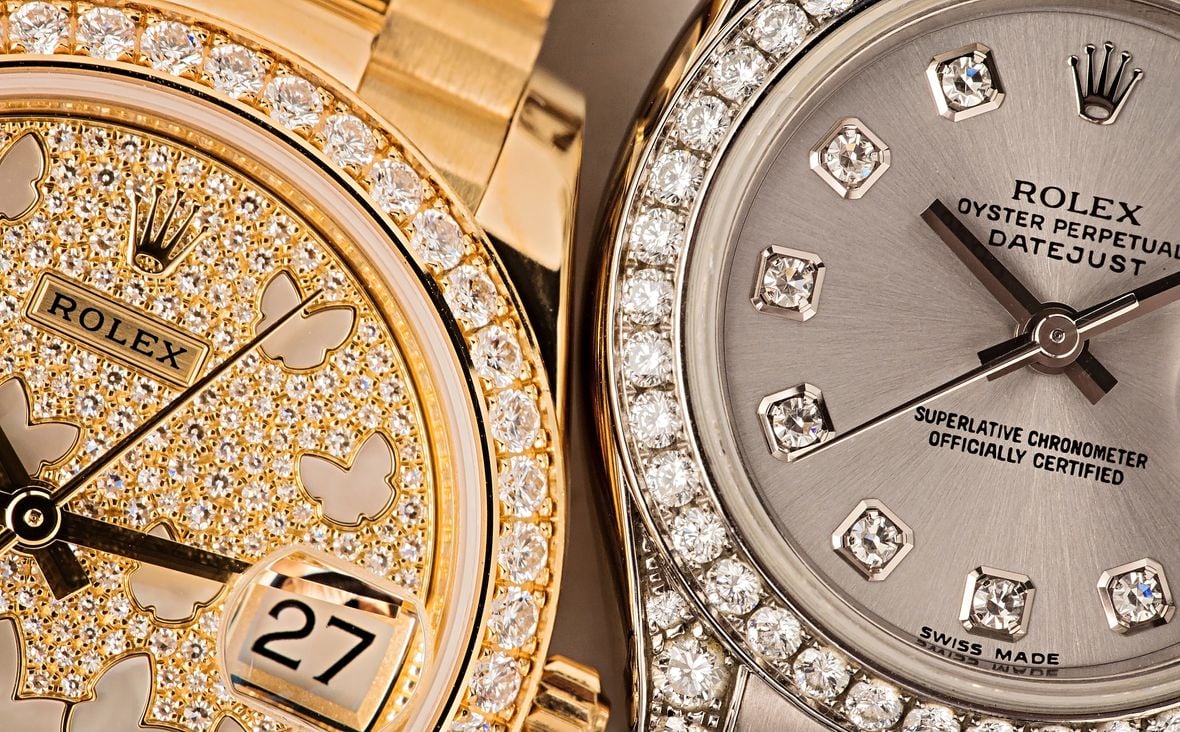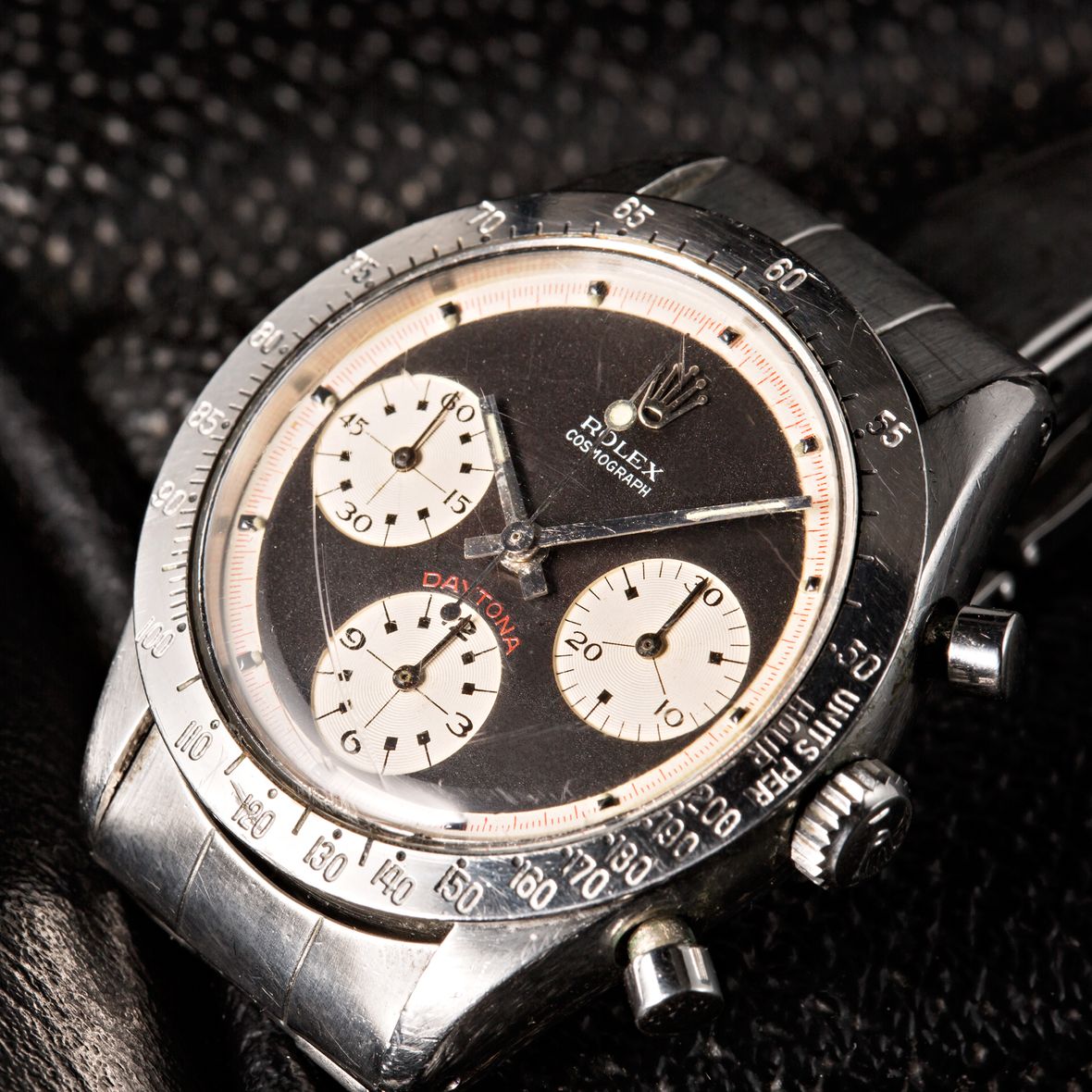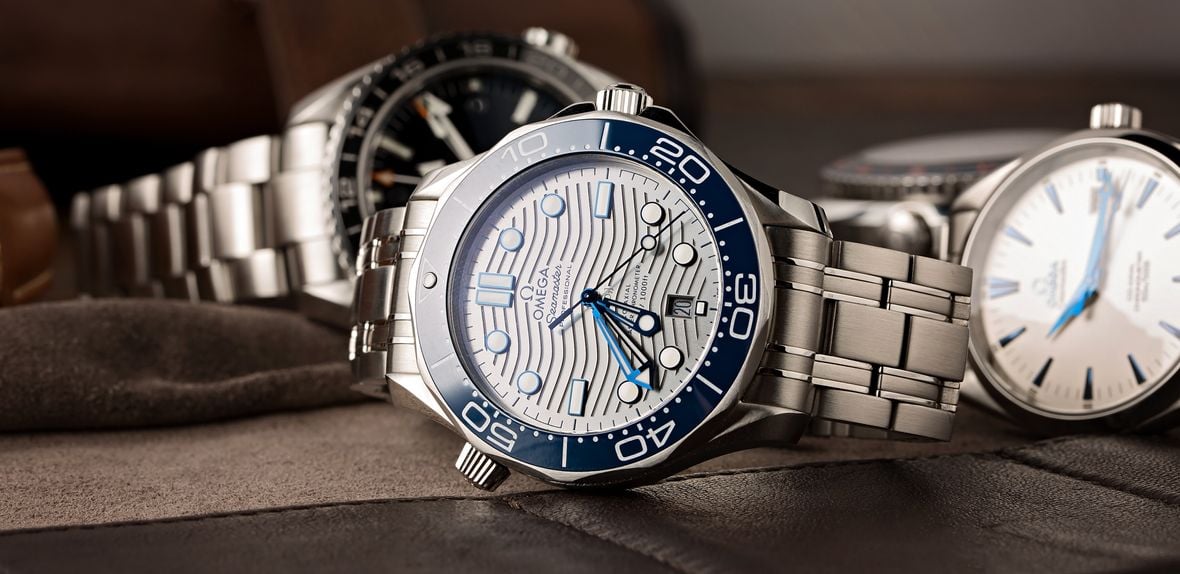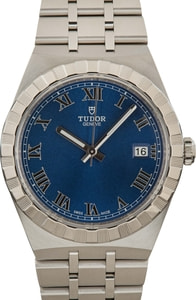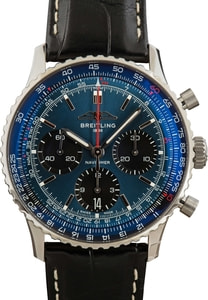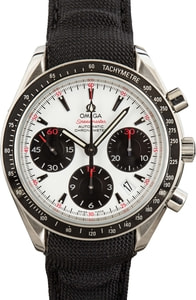The Rolex GMT-Master was born out of necessity during the dawn of international flight. Local and home time are simultaneously available to the wearer thanks to its use of an additional 24-hour hand and corresponding 24-hour bezel. Rolex continues to tweak various aspects of the GMT series, but its core design has remained largely unchanged and the brand’s dedication to this iconic aesthetic has made the Rolex GMT-Master one of the most sought-after watches in the world.
The current version of the stainless steel GMT-Master II retails for $9,700, but it is perpetually sold out at retailers and high demand for the watch has driven that price up considerably on the secondary market to values that can be in excess of twice its original retail price. However, it is still possible to invest in an older-model GMT-Master for as low as $10k on the pre-owned market. This guide takes an in-depth look at the Rolex GMT-Master, its pricing, and whether the famed pilot’s watch is worth the investment.
The Rolex GMT-Master Collection
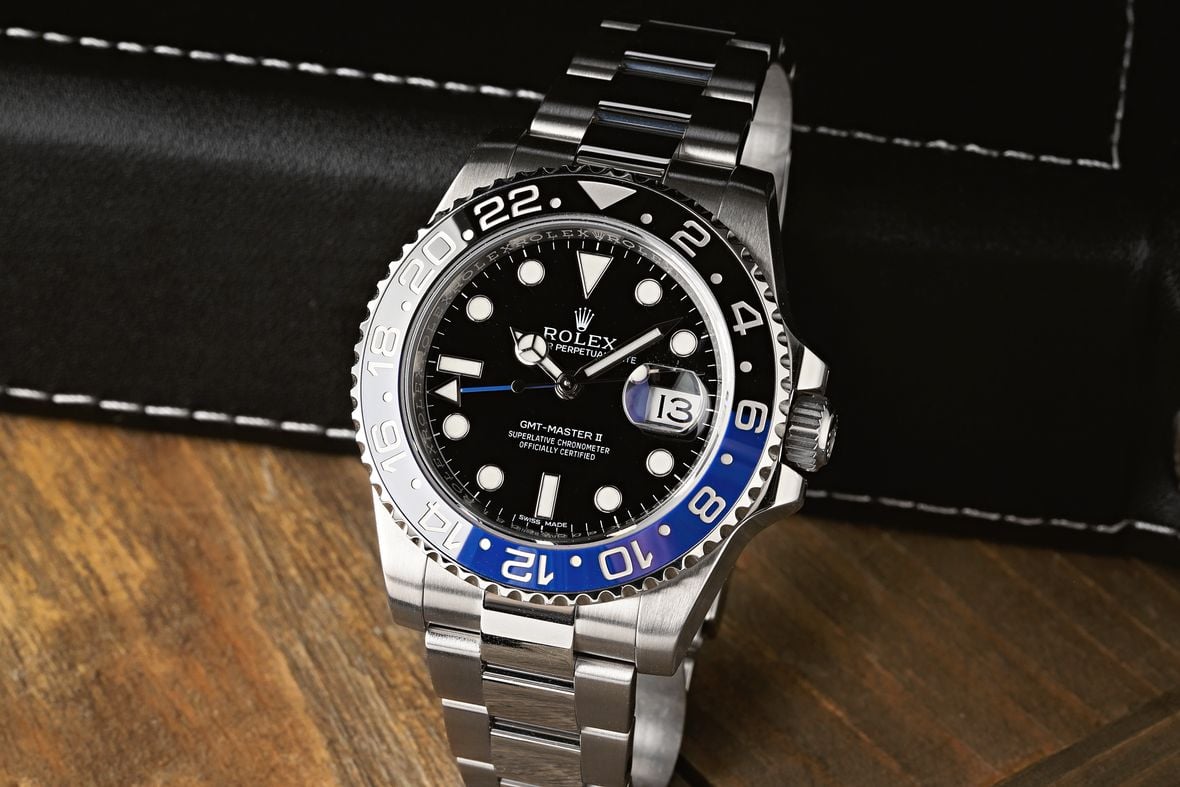
GMT-Master Key Details:
- First introduced in 1955.
- Developed for pilots and airline crews.
- GMT-Master II released in 1982.
- Rotating 24-hour bezel.
- Additional 24-hour hand.
- Date display at 3 o’clock.
- Automatic chronometer-certified movement.
- Screw-down crown and caseback.
Click here for our Ultimate Buying Guide on the Rolex GMT-Master.
Rolex GMT-Master Variations and Pricing
The Rolex GMT-Master was first released to the public in 1955. As transatlantic flight became more accessible, commercial pilots and airline crews needed a reliable dual-time wristwatch, and the GMT-Master rose to the occasion and has become one of Rolex’s most famous designs of all time.
GMT-Master 6542
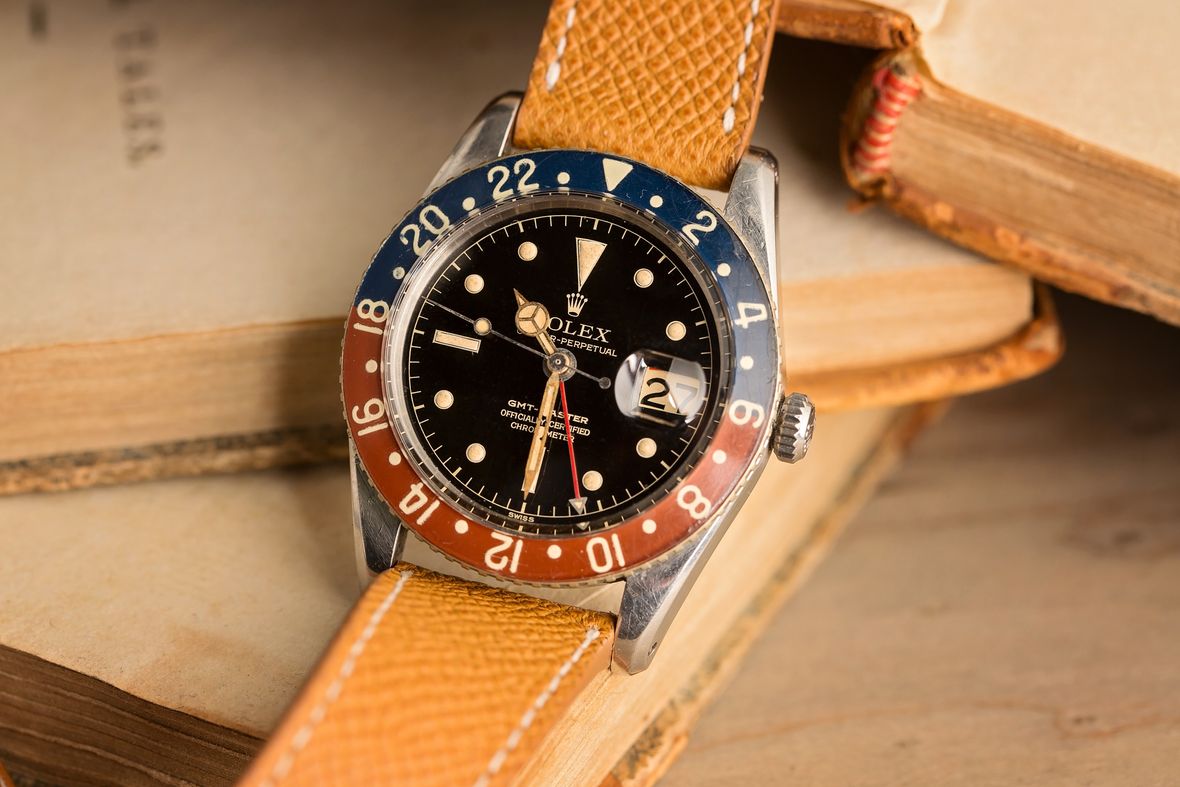
The Rolex GMT-Master first hit the market in 1955 in the form of the reference 6542. While a gold model was also produced, the classic example is the stainless steel model with the iconic red and blue Pepsi bezel and a 3-link Oyster bracelet. It’s sometimes referred to as the “Pussy Galore” after the James Bond Character that wore this GMT-Master and is considered the holy grail of vintage GMT watches for its rarity and historical importance. Early editions featured a Bakelite bezel, which was quickly replaced by aluminum in 1956 and is now incredibly rare (and valuable) today.
GMT-Master 1675
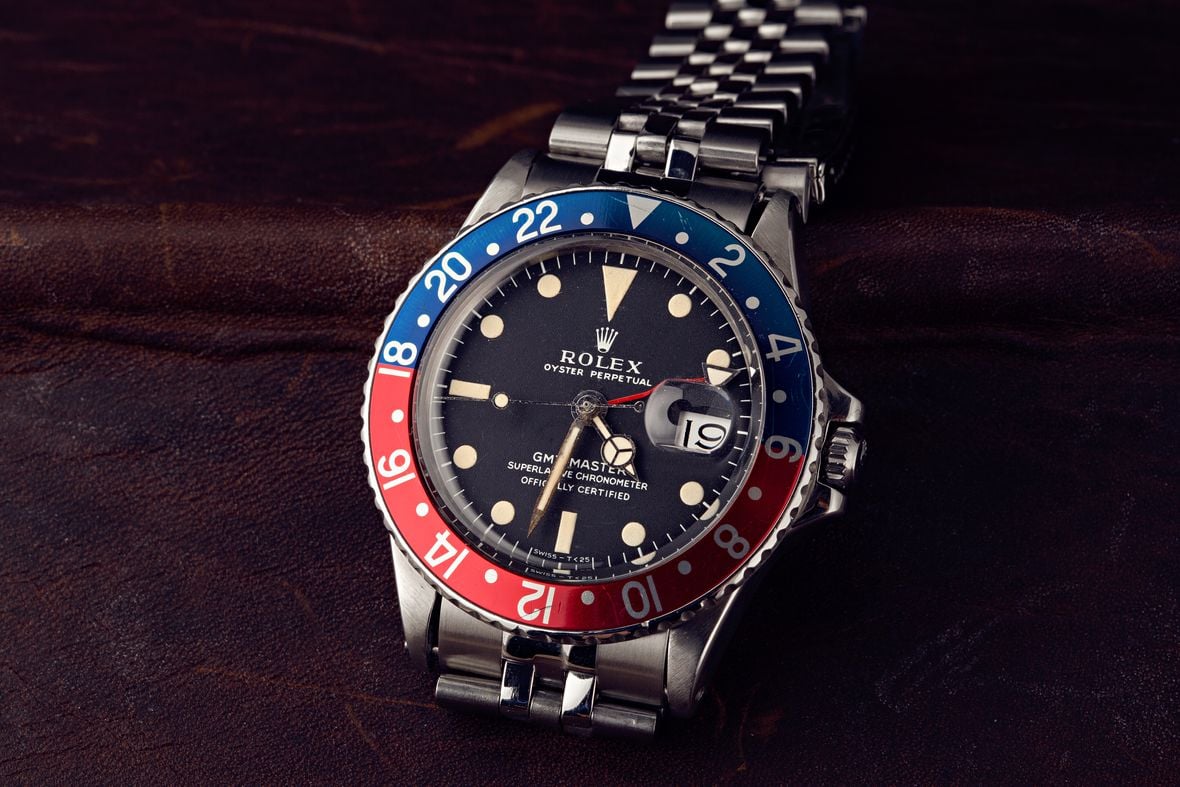
The reference 1675 was the second iteration of the GMT-Master, launched in 1959 and introducing crown guards to the side of the case. Compared to the ref. 6542, there are more variations of the GMT-Master 1675, including either an Oyster or Jubilee bracelet and steel (1675), two-tone (1675/3), and solid-gold (1675/8) finishes. Additionally, you will also find ref. 1675 watches with either red and blue “Pepsi” or all-black bezel inserts. Depending on the year of production, the ref. 1675 features either a gilt or matte dial and either the cal. 1565 or 1575 movement.
GMT-Master 16750
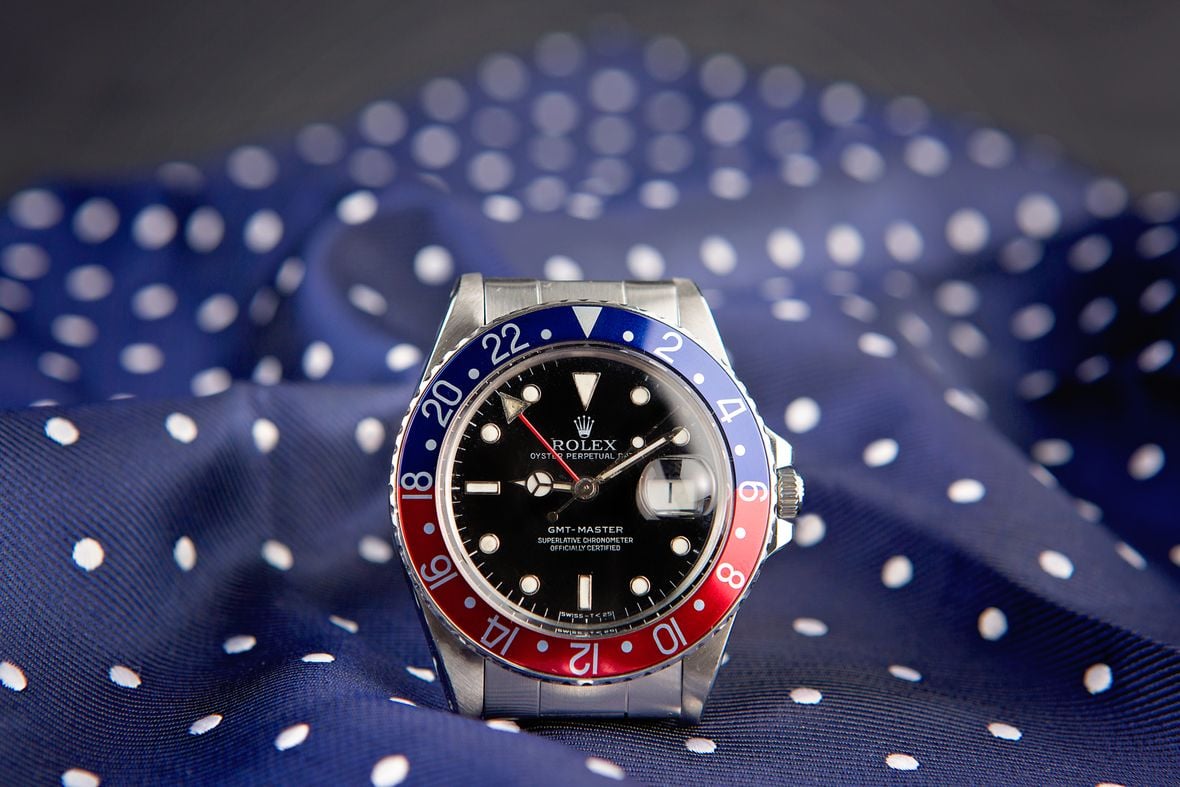
The Rolex GMT-Master reference 16750 (stainless steel), 16753 (two-tone), and 16758 (solid gold) debuted in the 1980s, featuring similar design options as their predecessor but with a higher-beat movement and quickset date feature. While the stainless steel examples were originally fitted with matte dials, this was updated to the more modern style with a gloss black surface, white text, and applied white gold hour markers part of the way through the reference 16750’s production run.
GMT-Master 16700
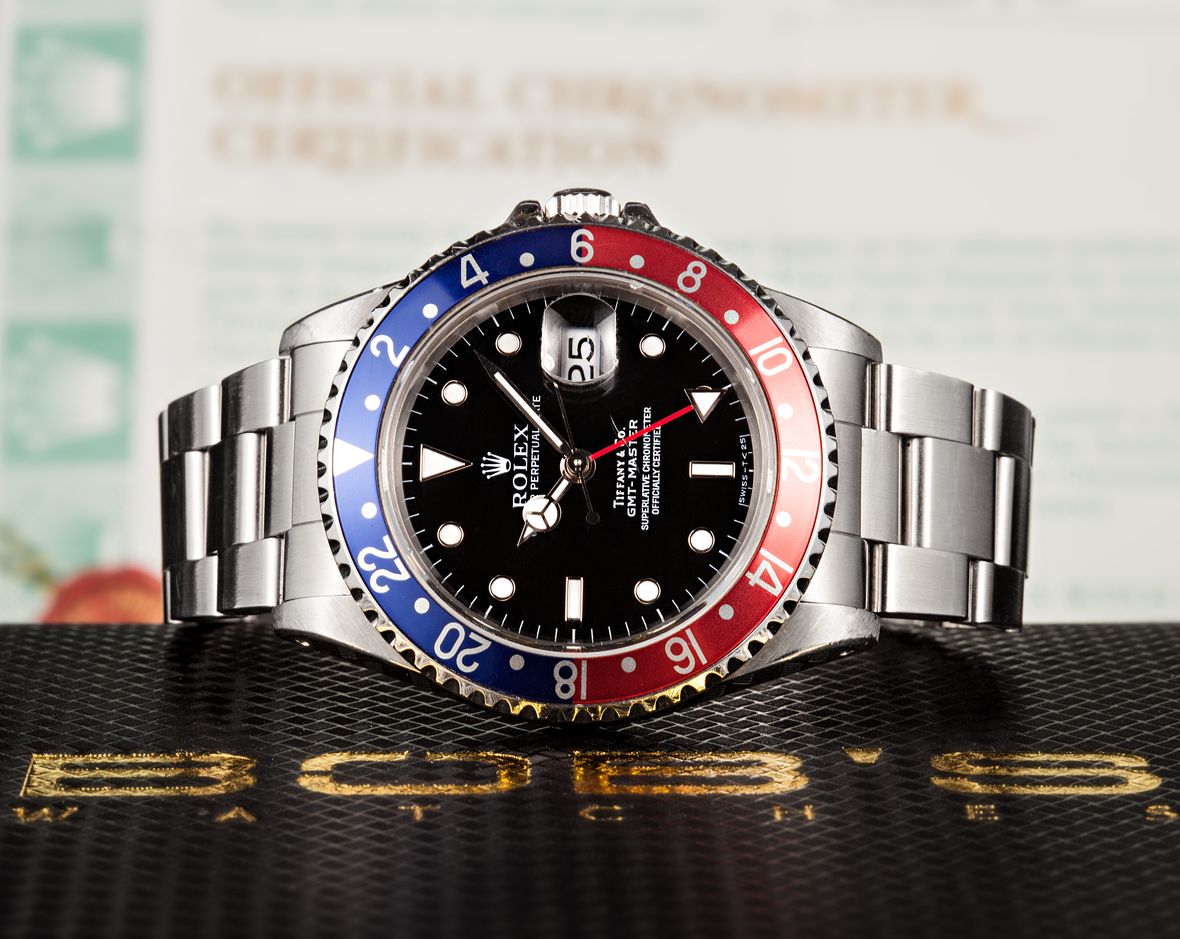
The reference 16700 rounds out the original Rolex GMT-Master series. It was produced for a surprisingly long time, from 1988 until 1999, and even overlapped production with its successor, the GMT-Master II. The reference 16700 holds the distinction of being the last GMT-Master watch that Rolex ever produced before it was entirely replaced by the GMT-Master II, and it is also the only original GMT-Master to feature a sapphire crystal.
Rolex GMT-Master II Variations and Pricing
The first Rolex GMT-Master II and its newly independent 24-hour hand made a debut in 1982, but the original GMT-Master continued to remain in production until 1999. Rolex has made many upgrades to the movement, luminous materials, bezel, bracelet, and even case. However, the blueprint of the original watch from the 1950s endures – even during an age when the time is readily accessible on a bevy of modern electronic devices.
GMT-Master II 16760
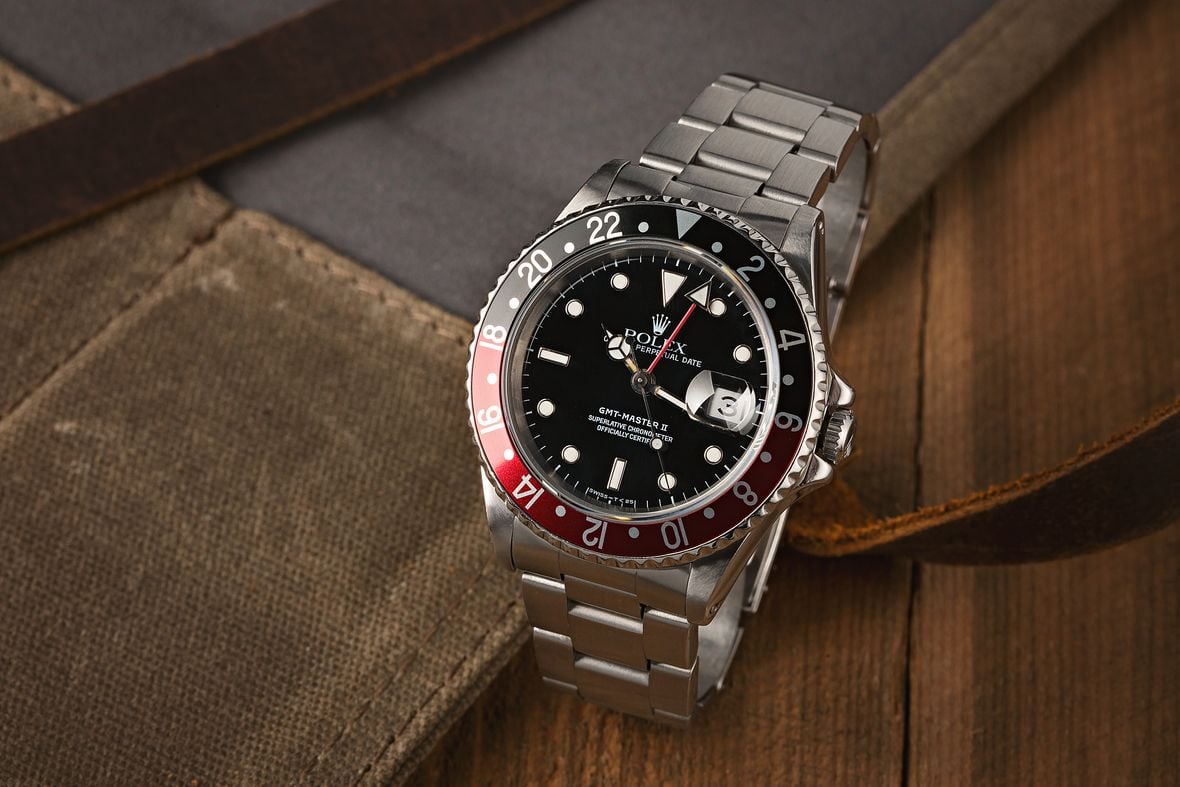
That brings us to the first Rolex GMT-Master II, which debuted as the reference 16760 (aka “Fat Lady” or “Sophia Loren”). What sets the GMT-Master II apart from the original GMT-Master is the independently adjustable GMT hand, which initially required a fatter case and earned the ref. 16760 its now-famous nicknames. Rolex only produced this edition of the GMT-Master II from approximately 1982 until 1988, and it was exclusively offered in stainless steel and with the then-new black and red “Coke” bezel.
– Price: $12k – $18k
GMT-Master II 16710
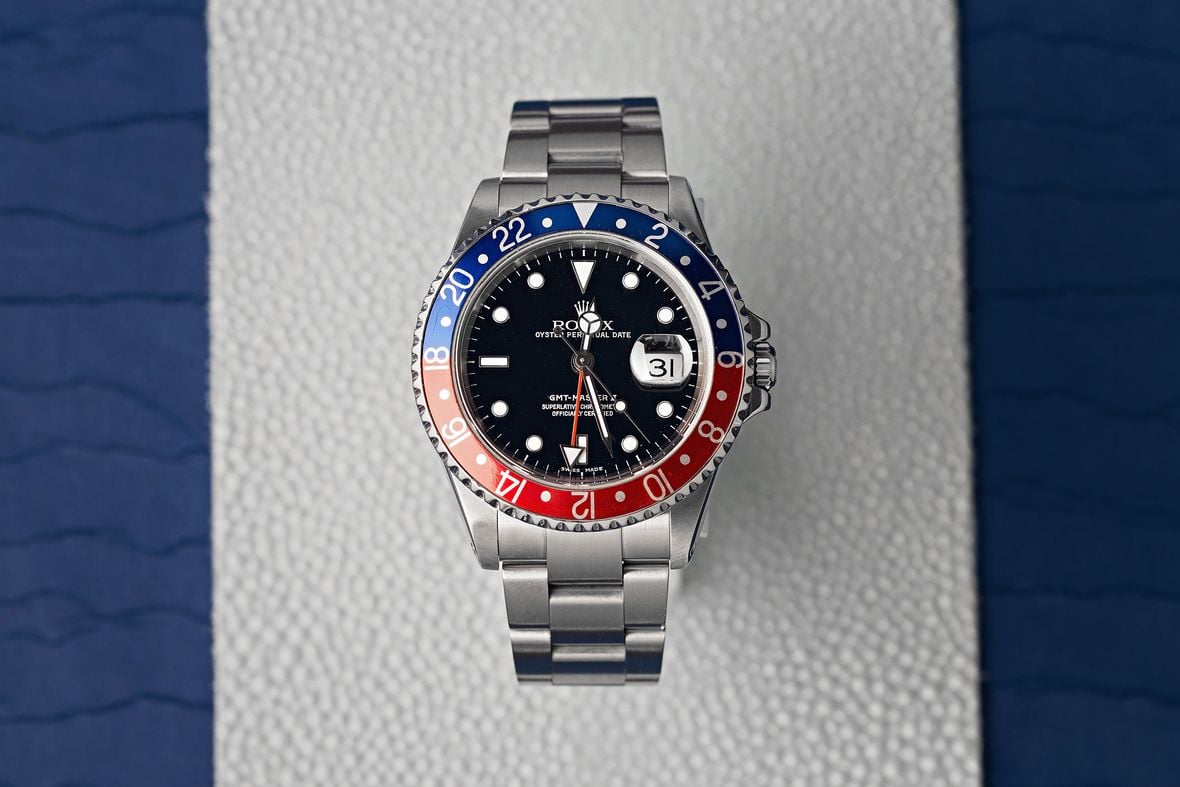
The reference 16710 introduced the Rolex GMT-Master II to a slimmer case but largely followed the design of its predecessor. It features an upgraded movement with a similar function as the ref. 16760 but with a thinner design (hence its more refined case). The ref. 16710 and its different metal variants remained in production until well into the 2000s. The reference 1671x series includes stainless steel (16710), two-tone (16713), and all-gold (16718) editions and this generation can be found with either Oyster or Jubilee bracelets and with Coke, Pepsi, or all-black bezel inserts.
– Price: $10k – $15k
GMT-Master II 116710
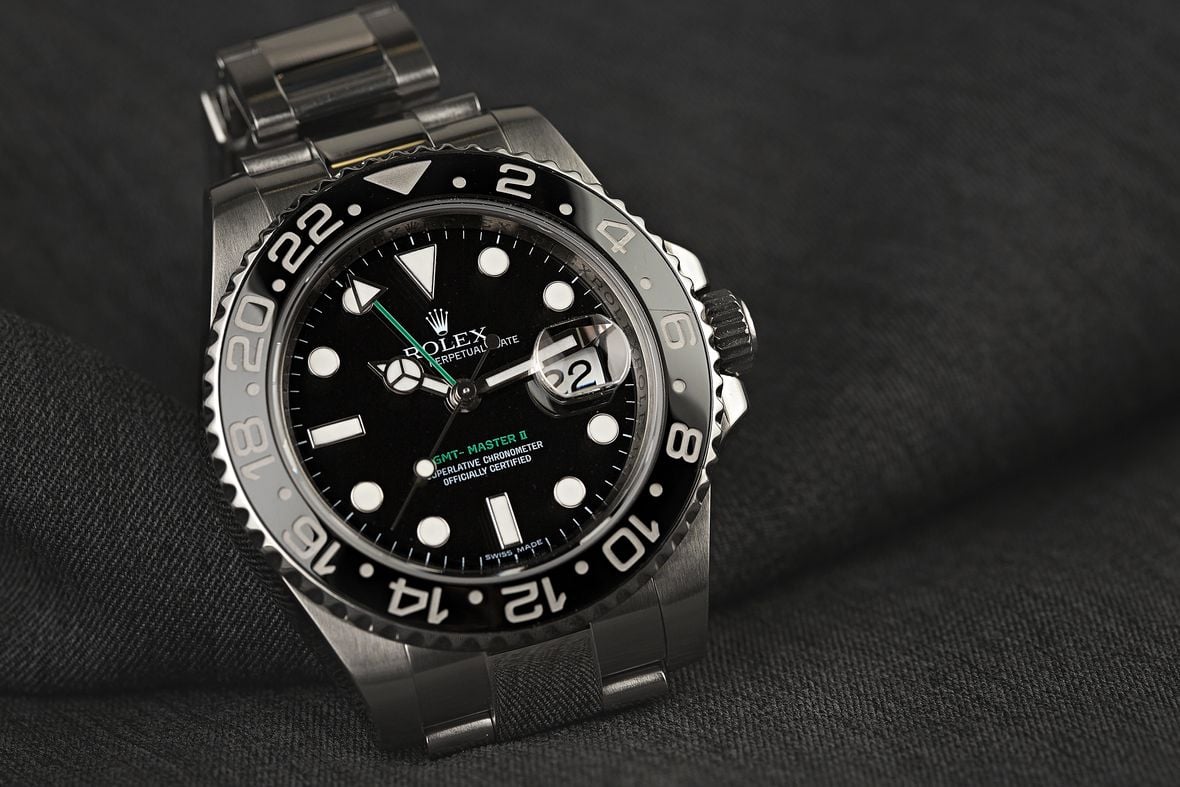
The most significant upgrade to the Rolex GMT-Master II came in 2005 when the 6-digit series made its debut. In addition to upgrading the bezel from aluminum to Rolex’s proprietary Cerachrom ceramic, the ref. 116710LN received a new Maxi dial and an all-new case and bezel design. While it remains 40mm in diameter, broader lugs and a larger crown guard give the Rolex ref. 116710 GMT-Master II watch and its different metal variants a noticeably larger overall appearance on the wrist.
A notable edition from this generation includes the Rolex Batman ref. 116710BLNR, which was the first Rolex to feature a bi-color ceramic bezel. While red and blue were the original colors of the GMT’s bezel, the Rolex Batman watch bezel is bright blue and black and was only fitted the stainless steel model from this generation, while the ceramic Pepsi bezel was exclusively reserved for the solid 18k white gold ref. 116719BLRO during this generation.
GMT-Master II 126710
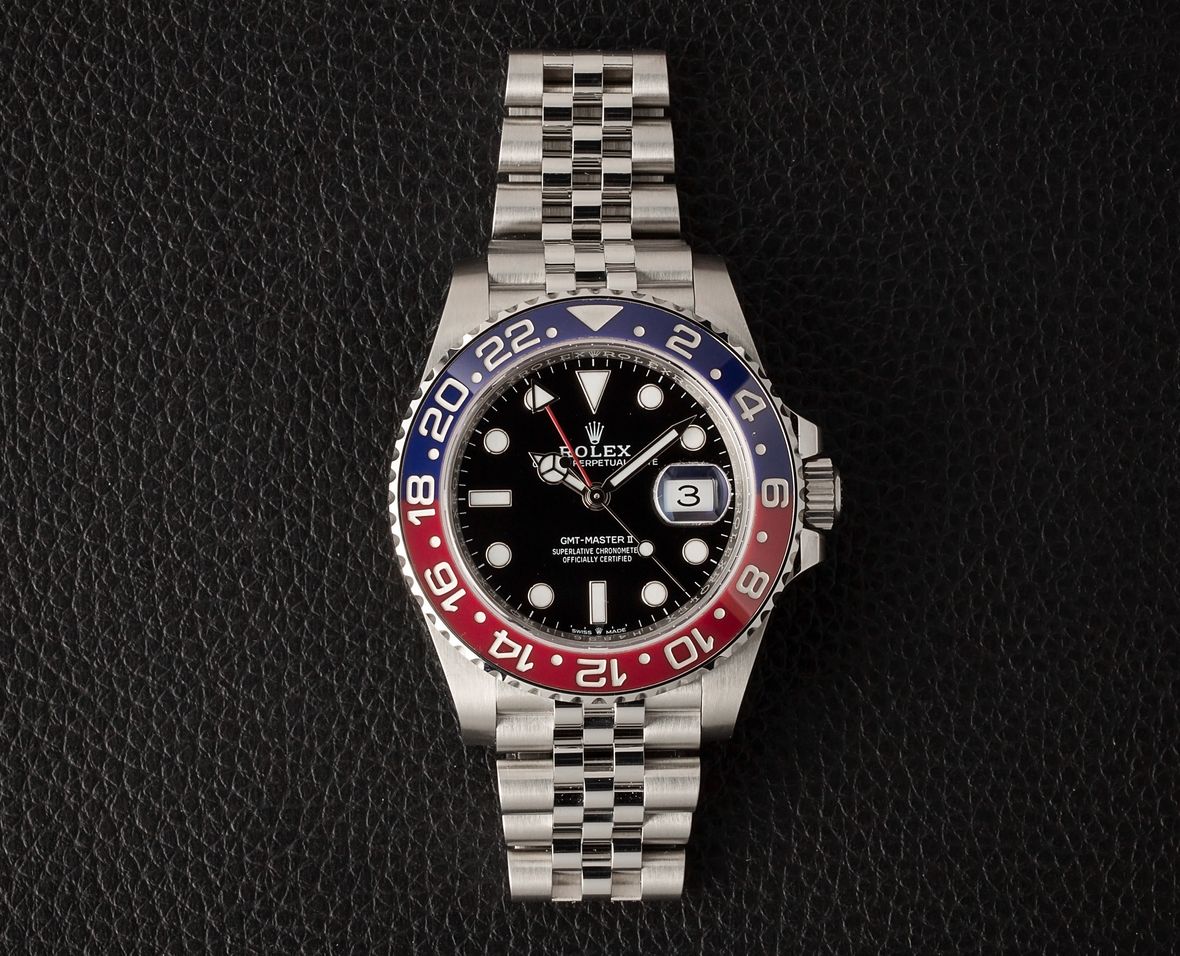
The current generation of the Rolex GMT-Master II is produced under the 12671x series. 2018 marked the triumphant return of the stainless steel Pepsi GMT-Master II in the form of the ref. 126710BLRO. This series also introduced the GMT collection to a brand new movement – the Caliber 3285. Its many advantages include Rolex’s Chronergy escapement and a longer power reserve of 70 hours. Rolex continues to produce the black and blue Batman GMT in the form of the ref. 126710BLNR, but for this generation, both of the stainless steel models are exclusively offered with 5-link Jubilee bracelets.
Is the Rolex GMT-Master a Good Investment?
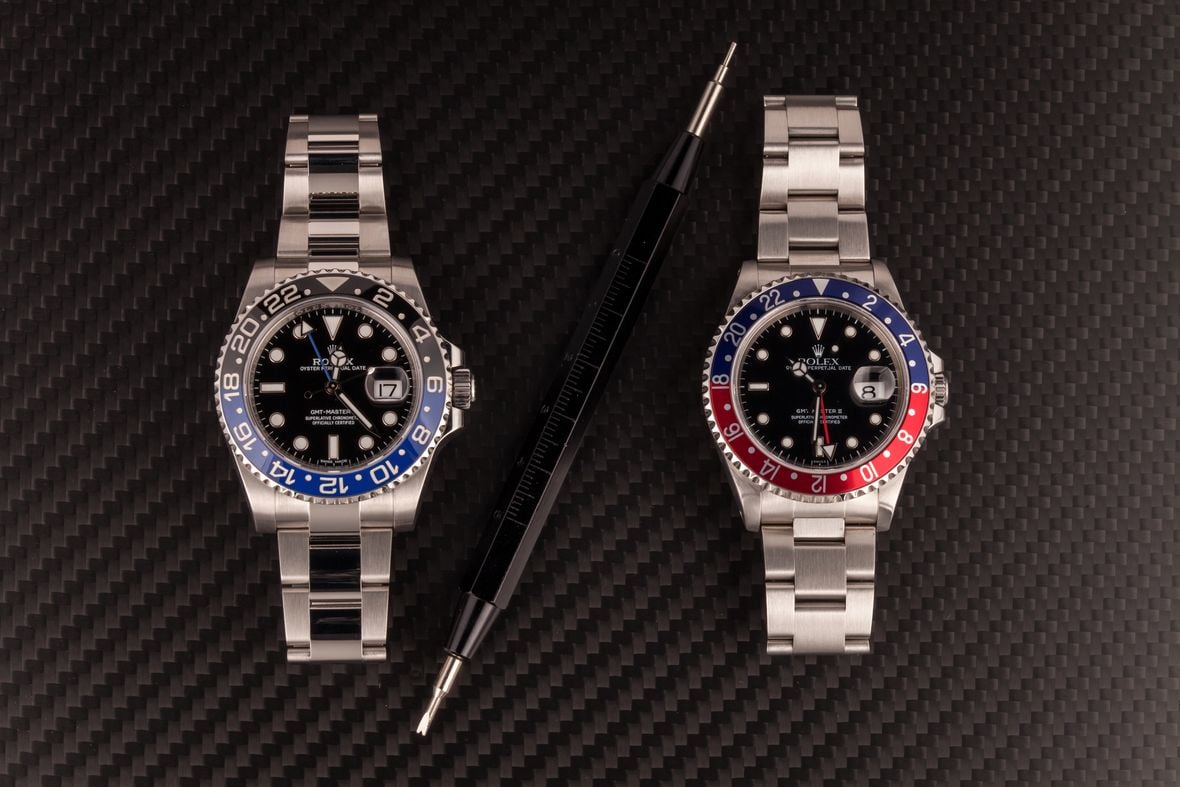
One of the most recognizable vintage Rolex GMT watches is the ref. 1675, which retailed for just a few hundred dollars when it was first launched in the late 1950s. Today, the average pre-owned price is more than $10k with certain early examples being worth more than $30k. Another prime example is the black and blue ceramic bezel ref. 116710BLNR, which retailed for just under $9k when it first hit the market in 2013. Now that this model with the Oyster bracelet is discontinued, its average asking price is around $15k or $18k.
So, is the Rolex GMT-Master II a good investment? Yes, but it comes down to numerous factors, such as rarity, condition, age, and how much you originally paid for it. As you can see from the examples above, both GMT-Master and GMT-Master II watches hold their value extremely well and have the ability to increase in value if there is a strong market demand for that particular model.
Vintage Rolex GMT-Master watches can often be worth far more than their original retail prices, but this type of appreciation can also be observed with far more modern references. Despite not being a vintage model, the Rolex GMT-Master II 116710BLNR with its blue and black Batman bezel and Oyster bracelet sells for thousands of dollars more than its original retail price, and the model has only been out of production for a few years.
If you were lucky enough to buy one of these watches at retail, your beloved Batman has become quite the investment, as it has nearly doubled in value in just a handful of years. Plus, your watch also has an incredible place in Rolex’s history as it holds the title of the first split-color ceramic bezel produced by the brand.
How Can I Find out How Much my Rolex is Worth?
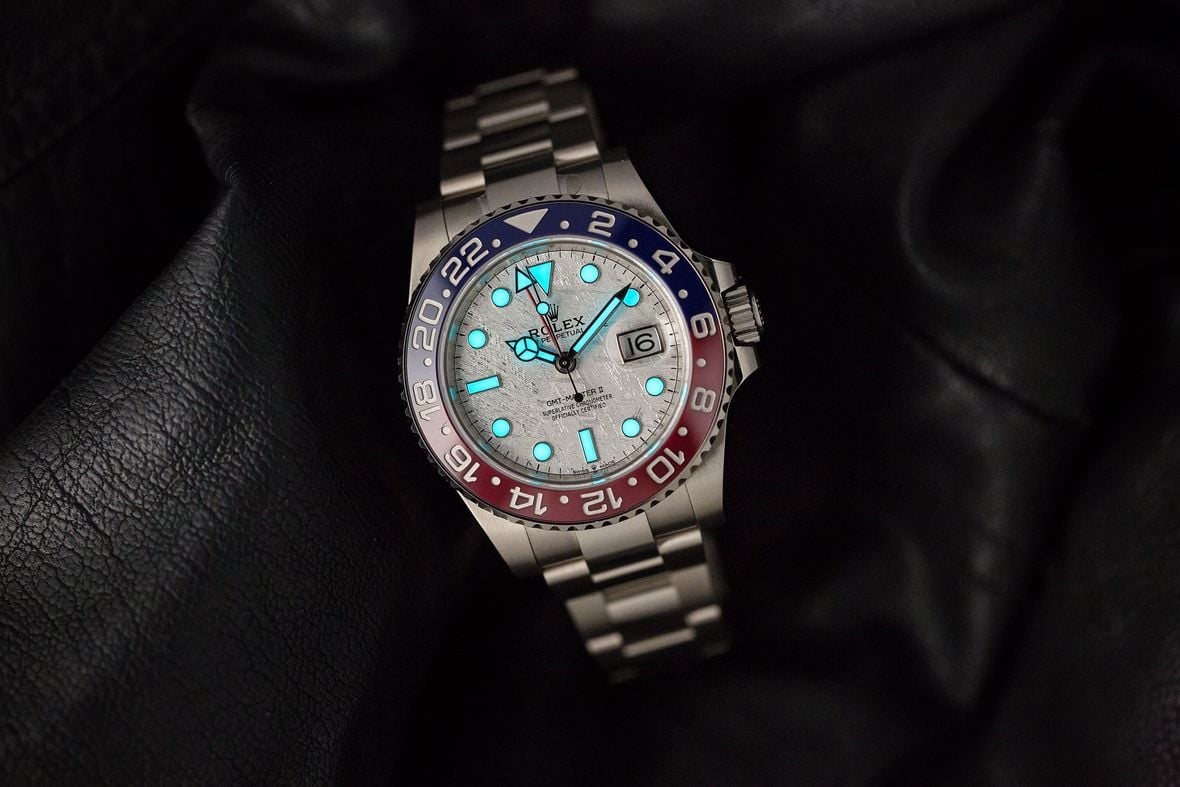
There are a few ways to determine the value of your Rolex watch. The first is by locating the model number and serial number, which are engraved on the case. The model number (also known as a reference number) is engraved between the lugs at 12 o’clock, while the serial number is engraved either between the lugs at 6 o’clock or on the rehaut beneath the crystal, depending on the year of production. This information can tell you quite a bit about your watch, such as the production date and general rarity.
The materials used in the construction of your Rolex GMT can also influence the value of your watch. The GMT-Master series has been produced in both stainless steel and precious metals, and some models are even set with diamonds and other precious gemstones. Demand for certain colors or materials also determines market value, and the high desirability of steel Rolex references means that sometimes an older two-tone model sells for less than its stainless steel counterpart.
Other factors to consider are whether or not your GMT-Master has all of its original parts, if it has ever been polished, and even if its original box and papers are still in your possession. All of these factors (along with overall condition) can affect the value of any luxury timepiece, and even two seemingly-identical Rolex GMT watches can have very different values due to a variety of small details that separate them.
